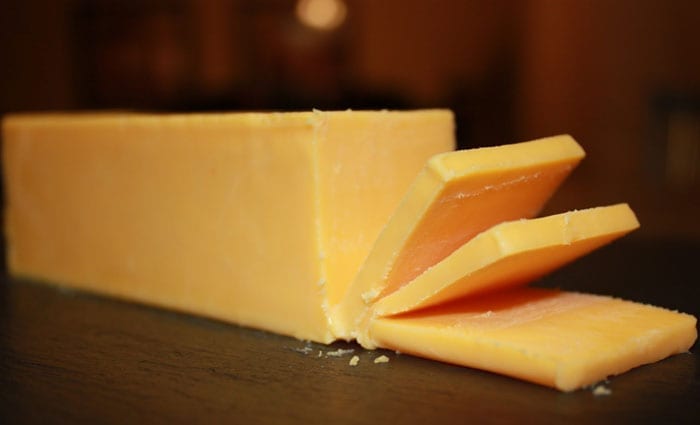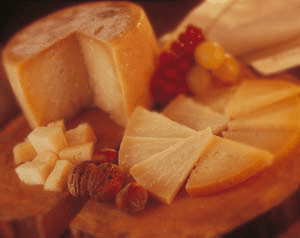within a Mix sandwich and also in those juicy burgers together with the other usual elements, the melted or melted cheese it is a must. But do you really know that both are not the same even though you can use it in those contexts? The first is usually used in countries like France or Switzerland to get the famous sources where you can soak any type of meat or other delicacy. However, it is very common not to distinguish them when naming them. In this article we are going to show you every detail that makes each other different. Types and ingredients they play their part.
What does the law tell us on the subject?
The first thing we must be clear about is that for a product to be considered melted cheese must have of this raw material, at least, the 50%. If not, we are simply talking about a dairy with other ingredients. And when it comes to this product, the ley He describes it as "obtained by grinding, mixing, melting and emulsifying one or more varieties of cheese with or without the addition of milk, dairy products and other food products." Another question lies in what the package says: if it is only mentioned a variety of cheese, that should represent the 75% of the total, the remainder being similar varieties.
Labeling matters
Following this line, it is important to look at the labels, since melted or melted cheese it is usually collected under various distinctive or denominations. Thus, there is the one marketed in slices, the one that has the shape of 'triangles'inside a circular box and also some presented after having been grated. With some other presentation format, all these products belong to that quota.
The best 'turóphiles' they sure know how to differentiate the flavor of each one. We talk about melted cheeses And, therefore, it should appear this way on the package, if the law is followed. Then it is possible that the manufacturer incorporates the tagline "to spread" or "to spread", although only if a dry fragment occupies the 30% of the total. But what is truly key in these products are their ingredients, so we are going to look at each of them within the typical table.
Given that their composition can vary a lot, it is worth keeping an eye and the first thing that stands out about these dairy foods is their great energy contribution. A extra fat melted cheese has more than 60% fat, assuming a huge caloric weight. What has been more than 30 grams per 100 of product.
Then there is the issue of shawl, which can reach up to 935 milligrams in certain cases. Although the common thing is that it has 2,3 grams, a dangerous figure for people with hypertension or diabetes. For
Finally, it is worth remembering something more positive: proteins. With highly variable amounts, some may have only 9 grams while others more than 15, depending on the variety and its animal origin.

How is melted or melted cheese made?
Normally, they shred pieces of the raw material as such to obtain melted or melted cheese. Later, you dream of adding phosphoric acid or phosphates, in addition to spices, seasonings, colorings and sweeteners. All this for flavor and even longer shelf life without expiration. After mixing all these chopped elements, it is subjected to heat until an emulsified mass is formed. In this last process, temperature, speed and even time come into play for one or the other cheese to turn out. That which already in the culinary plane can serve to melt, gratin, spread or take directly as sold.

Culinary uses and types
Come in the format that comes, this product can be used in multitude of recipes and some of them, from use kitchen. For example, to prepare quesadillas. Other uses include cakes, serving as a complement to a rich mashed potato or incorporating it into delicious macaroni or spaghetti with tomato. In the end, creativity rules here, but also the composition and consistency of the melted cheese or to melt. The regulars of the supermarket are the Cheddar, Parmigiano, Emmental, Roman and even blue cheese. What is the one you like the most of all these? Do you propose a more original or different preparation with this food for 'turóphiles'?








